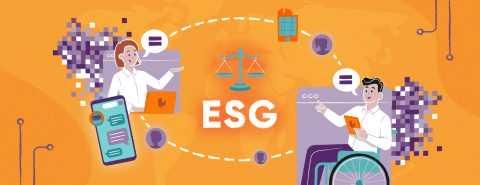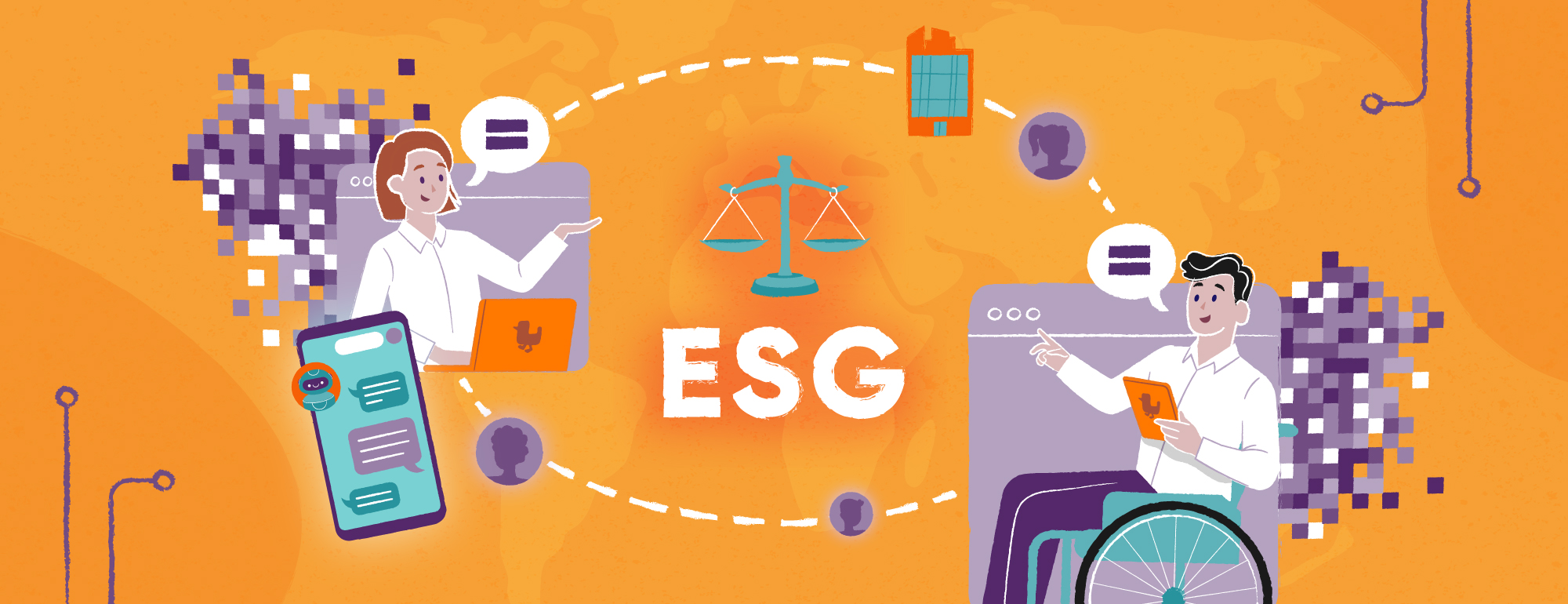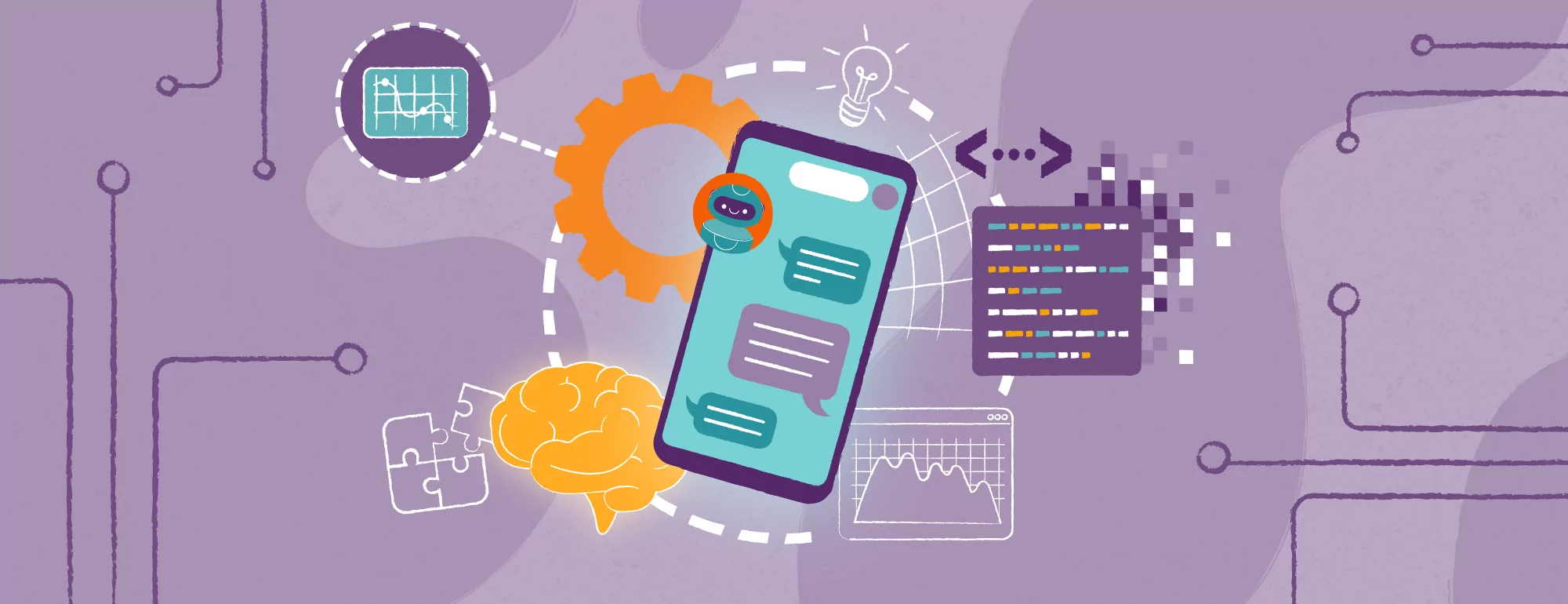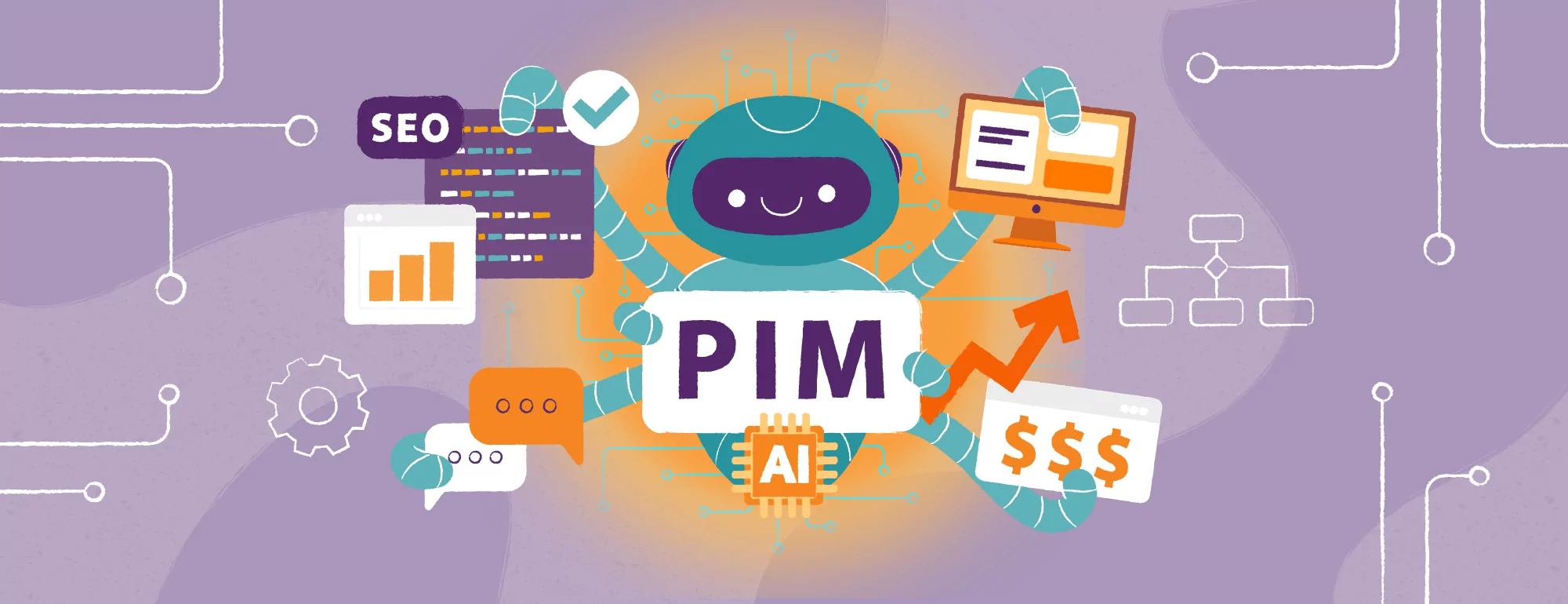IT System Integration – Meet the Challenges of Digital Transformation!
According to the Gartner report “2016 CEO Survey: The Year of Digital Tenacity,” half of the CEOs surveyed anticipate digital transformation and assume that their industry will change beyond recognition during the next 5 years. Understanding this problem translates to the fact that, increasingly often, care of the “digital“ area of the company is personally taken over by the CEO. If they do delegate responsibility, the CIO is often the most successor.
Digital transformation combined with constant changes in companies, such as acquisitions or mergers, creates many challenges for those responsible for IT. An area that is particularly critical and key to the success of the transformation is IT system integration.
System Integration – Acquisitions and Mergers
After a merger of several companies or an absorption of a company, the business faces many technology challenges to ensure that processes are unified and flow throughout the organization. IT systems that have been laboriously built over the years, often stuck in silos of departments that created them, are not eager to cooperate with others.
So, how do you ensure consistent reporting for the entire organization? How to implement processes using different IT systems when rapid software replacement is not possible? Such problems are the everyday life of an IT manager.
Agile Business Development Strategies
The integration of IT systems or databases is difficult without the appropriate tools. The real problem arises, however, when a company undertakes many such mergers, or when the business grows by acquiring more suppliers, requiring a fast and agile merger. How do you deal with insufficient integration in daily processes, such as hiring employees and managing leads from sales or marketing? Without well-integrated systems (CRM, ERP, HR, finance, sales and marketing systems), mistakes and process slowdowns are unavoidable. Complications and errors hinder organizations from achieving their goals and prevent them from focusing on what really constitutes their competencies and the core of their business – retail, services and the sales thereof.

Wyzwania Omnichannel
Having a consistent system that offers a single view of the customer is very important. Having to manually analyze and combine data from multiple systems makes it difficult and slows down work. Nevertheless, in today’s world, it is the customer who holds all the cards. They are the ones who vote with their wallets, and that does not just apply to e-commerce. Customers easily get used to the experience of omnichannel and expect:
- coherence,
- consistent communication,
- up-to-date information,
- an individual approach,
- the option of choosing multiple paths for contacting the brand.
Not only are these expeced from B2C or B2B systems, but also in services or even internal systems used in companies.
Mobile and Integration Shift
Customers expect instant access to services and data from anywhere. This poses a challenge to today’s organizations in the form of mobility and providing access to data in a secure and controlled manner, including through new channels. The explosion of SaaS and mobile applications requires not only integration with systems hidden in the company’s data center but also with external systems (including cloud ones) and mobile platforms, which are constantly evolving. IT integrations are no longer just a company’s internal domain, but a necessity to expose selected data outside the organization.

Two-speed IT
Integration of systems is quite a challenge. We are dealing with a paradox in which, on one hand, we want integrated systems to be stable, secure, and work in areas critical to the organization. On the other hand, digital transformation requires us to be flexible, fast and dirty, and to easily adapt to the evolving environment and take risks. Thus, in addition to the previously defined expectations placed on IT departments: “well” and “cheap,” there are also “fast” and “flexibly”. Customers are ready for it – at the cost of greater risk, they want innovation. To be innovative without losing control, you need a tool that allows you to operate in a “Two-speed IT” model – make the integration of IT systems within the organization stable and, at the same time, be ready to quickly deliver innovation, while maintaining consistency.
Data Bus from Mulesoft
Among ESB type solutions, the Mule data bus from MuleSoft deserves special attention. It is the world’s most popular solution of this class, used by over 30% of the Top 500 enterprises. Why is this ESB the most popular choice? First of all, it is an open-source solution that, in its basic scope, can be used for free. As a result, it has a very large number of developers and community support. More broadly, it is part of the Anypoint Platform integration platform, which places Mule ESB at its heart.
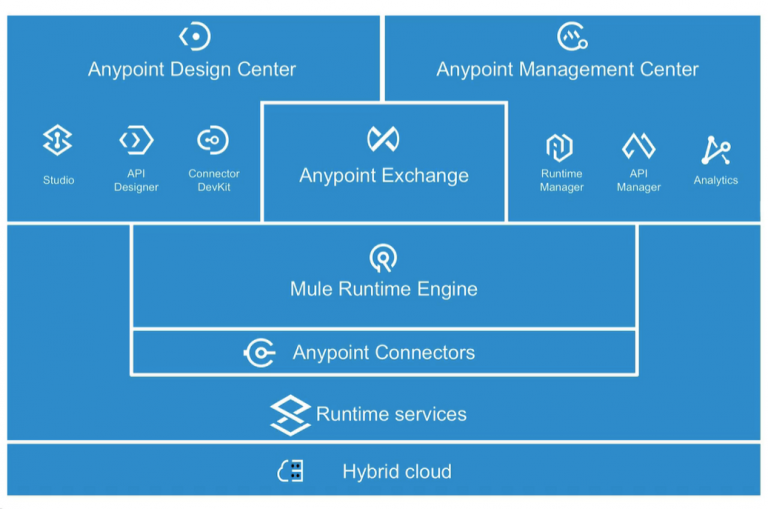
This platform includes solutions that allow you to design (Anypoint Design Center) and build integrations and APIs. Hundreds of ready-to-use connectors are provided as part of the platform. They allow you to connect to various data sources (databases, files, webservices) and systems (CRM, ERP, SaaS platforms), processing them in any way you want. The solution has the tools to build the organization’s API. It also allows you to share it externally in the selected scope, manage security policies, determine access rights and more. This approach allows for fast and secure data sharing for mobile applications and integration with modern SaaS.
Importantly, the entire platform can be installed both in the on-premise variant in your own data center and 100% in the cloud. A very popular approach is also the so-called hybrid cloud – for organizations that are not ready to work only in the cloud. With this solution, companies integrate both on-premise and cloud systems by building a bridge between the existing systems and the cloud. This approach allows the company to grow in the “two-speed IT” model. It provides a stable and secure platform that also allows for innovation in the agile model.
If you want to learn more about IT system integration, we encourage you to visit our integration services subpage.
